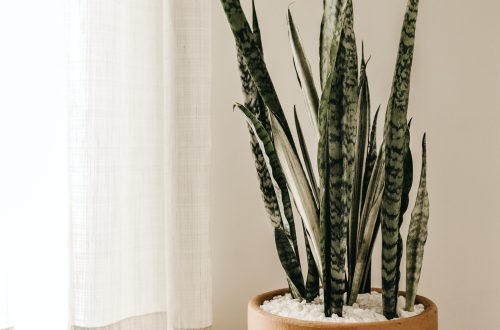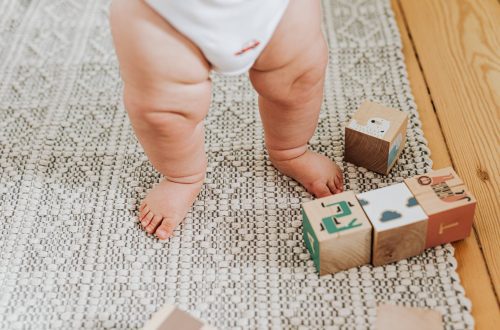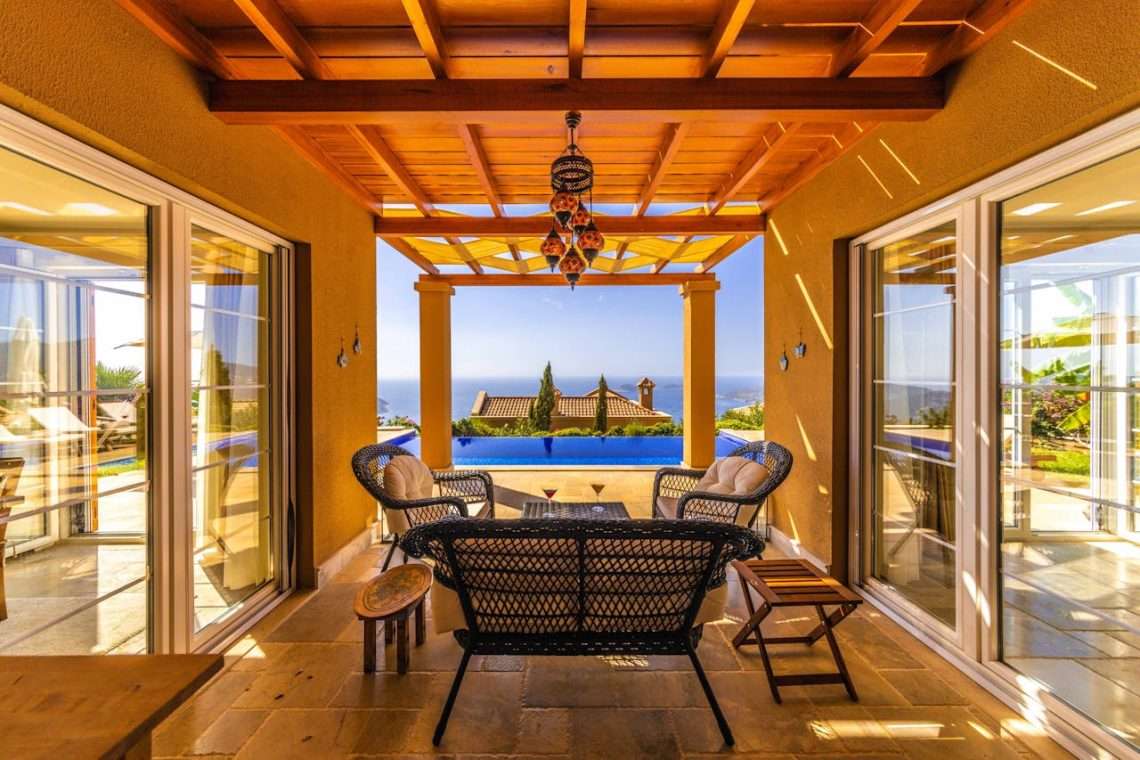
Creating Design Continuity Between Your Indoor & Outdoor Spaces at Home
Creating a cohesive flow between your indoor and outdoor spaces is more than just a trend—it’s a lifestyle. Imagine walking through your living room and stepping effortlessly into an outdoor oasis.
For interior design enthusiasts, the concept of design continuity offers a way to extend your living space beyond the four walls of your home, creating a sanctuary that blends the comforts of indoor living with the beauty of the natural world.
Understanding Indoor-Outdoor Design
Indoor-outdoor design is all about creating a seamless transition between your home’s interior and its external environment. This approach has gained traction in modern homes as people increasingly seek to maximise their living areas and connect with nature. The significance of this design lies in its ability to enhance both the functionality and aesthetics of a home. By blurring the lines between indoor and outdoor spaces, you can create an environment that feels more expansive and inviting.
There are plenty of benefits to integrating indoor and outdoor spaces with garden furniture.
- Firstly, it allows for a more versatile use of your home. Whether you’re hosting a dinner party or simply lounging with a book, having easy access to both indoor areas and outdoor spaces can enhance your living experience.
- Secondly, this design approach can make even small spaces feel larger by extending sightlines and creating a fluid movement.
- Lastly, it promotes connection with nature, which can significantly enhance wellbeing and relaxation.
Applying indoor-outdoor design principles can transform the way you live. By incorporating natural elements into your home and allowing interiors to flow into garden spaces, you create a balance that is both functional and aesthetically pleasing. This design strategy doesn’t just change how your home looks—it transforms how it feels, making it a more enjoyable space to live in.
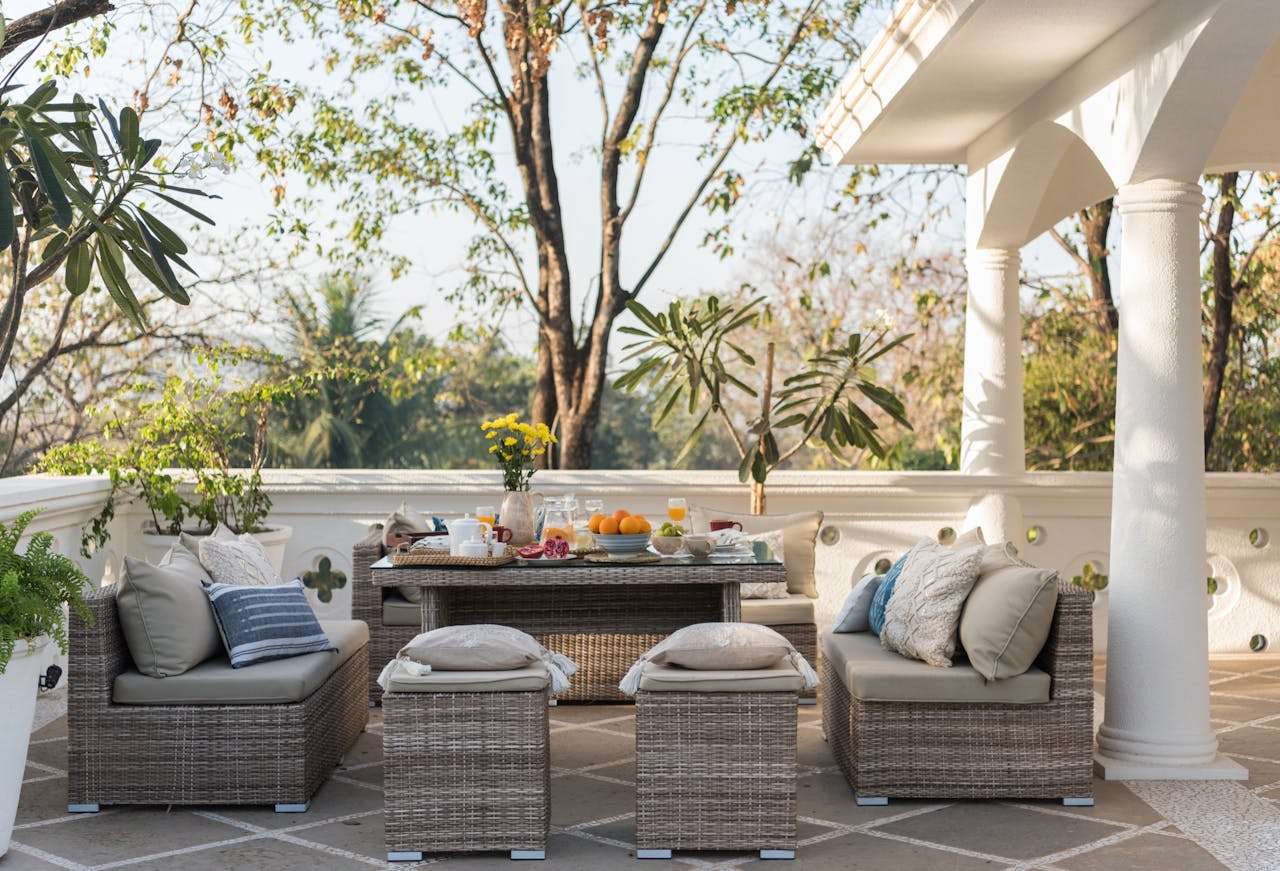
Elements of Design Continuity
Achieving design continuity between your indoor and outdoor spaces involves several key elements. These elements work together to create a harmonious environment where the transition between spaces is smooth and natural. Here are some of the key components to consider:
- Materials – Choose materials that can be used both indoors and out. Natural stone, wood, and tiles are excellent options for flooring. They not only provide durability but also a cohesive look. These materials can be used on patios and floors, offering a unified aesthetic.
- Colours – Opt for a colour palette that complements both your interior decor and your outdoor landscape. Neutral tones, greens, and earth shades typically work well. Think of using similar colours for your indoor furnishings and your garden furniture.
- Furniture – Invest in furniture that can withstand the elements if placed outside yet still looks stylish indoors. Look for pieces that offer comfort and style, such as cushioned rattan sofas and teak chairs that age beautifully.
Lighting plays a crucial role in bridging the gap between indoor and outdoor spaces. Consider installing lighting that can be dimmed and adjusted to create ambiance. Solar-powered lanterns and string lights can add a magical touch to outdoor areas, while indoor lighting should accentuate architectural features.
Incorporating greenery is another vital element. Plants can act as a natural link between indoor and outdoor areas, adding life and colour. Consider using potted plants, vertical gardens, or even a small herb garden to create a sense of continuity.
Practical Tips for Implementation
Implementing indoor-outdoor design can seem daunting, but with proper planning, it can be a rewarding project. Here are some actionable tips to get you started:
- Plan Your Space – Begin by assessing your current layout. Identify areas where you can create openings between indoor and outdoor spaces, such as sliding glass doors or large windows.
- Set a Budget – Decide on a budget before you start. While some changes can be costly, there are also many budget-friendly options available. Consider what elements are most important to you and allocate your funds accordingly.
- Select the Right Elements – Choose elements that suit your style and climate. For instance, if you live in a rainy area, opt for weatherproof materials and furniture.
Maintenance is crucial when integrating outdoor elements into your space. Ensure that you choose materials that are durable, environmentally friendly and easy to clean. Regularly inspect your outdoor furniture and fittings to prevent wear and tear and protect against the elements.
The Future of Indoor-Outdoor Design
The future of indoor-outdoor design is promising, with emerging trends and technologies set to enhance this concept further. For instance, smart home technology now allows for remote control of lighting and climate, creating seamless integration between spaces. Automated shading systems can adjust to the sun’s position, ensuring comfort and energy efficiency.
Sustainability is also a growing trend in indoor-outdoor design. Using eco-friendly materials and practices can reduce the environmental impact of home design. Incorporating native plants into your garden can support local ecosystems, while solar panels can power outdoor lighting.
Indoor-outdoor living offers numerous environmental and wellness benefits. With increased exposure to natural light and fresh air, this design concept can improve mood and productivity. Furthermore, it encourages social interactions by providing flexible spaces for gatherings and relaxation.
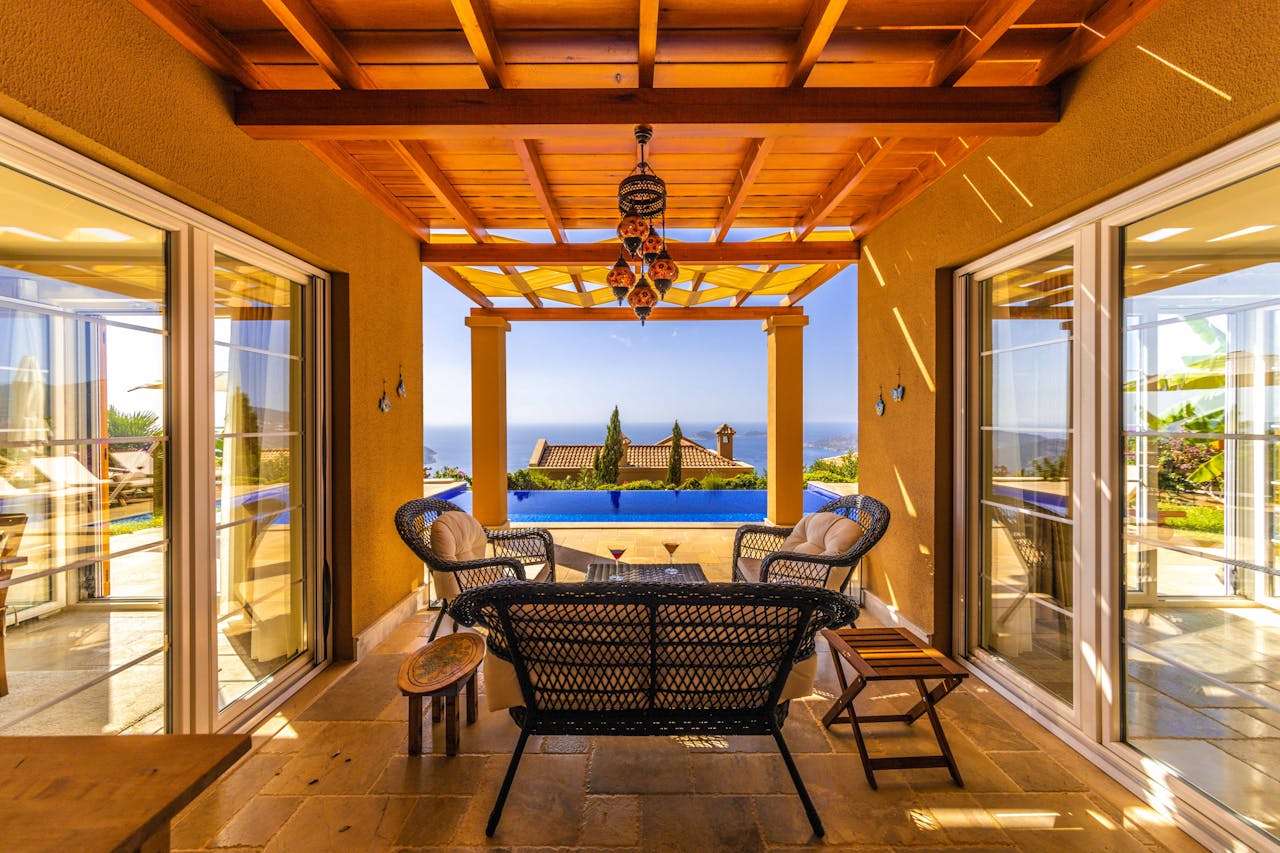
Conclusion
Creating design continuity between your indoor and outdoor spaces can greatly enhance your home’s functionality, aesthetics, and enjoyment. By understanding the key elements and practical steps, you can transform your living environment into a cohesive sanctuary that celebrates the best of both worlds.
We encourage you to consider integrating indoor-outdoor design into your home. Whether you want a peaceful retreat or a vibrant entertaining space, the possibilities are endless. Share your experiences and ideas with fellow design enthusiasts, and explore resources to inspire your creativity.
Remember, the harmony between indoor and outdoor spaces is not just a design choice—it’s a lifestyle that brings the beauty of nature into your daily life.

